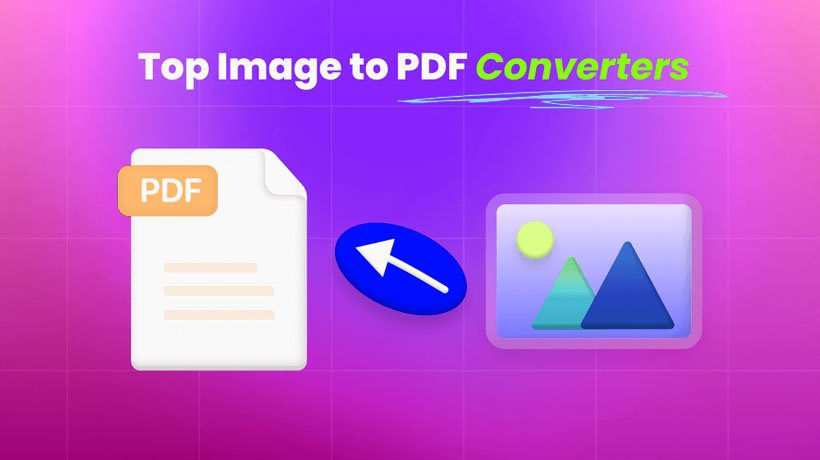The Complete Guide to PDF Image Converter
Images must now be converted to Portable Document Format (PDF) in an increasingly digital environment in order to be used for sharing, archiving, and presenting documents, among other things. Understanding how to convert photos to PDF may significantly improve your productivity and efficiency, regardless of your profession—photographer, graphic designer, student, or business professional. We’ll look at several techniques, resources, and best practices for efficiently converting photos to PDF in this in-depth article.
Recognizing the Value of PDF Image Conversion:
advantages of PDF format picture conversion.
ensuring interoperability among many platforms and devices.
maintaining the integrity and quality of the image while converting.
Using the Built-in Tools to Convert Images to PDFs:
a step-by-step tutorial on how to use the built-in utilities on Linux, Mac, and Windows computers to convert photos to PDF.
investigating the many choices and possibilities for personalizing PDF output.
Online Tools for Converting Images to PDFs:
A summary of well-known websites and online tools for turning photos into PDFs.
contrasting the functions, usability, and output quality of various web converters.
Advice for utilizing online conversion services with security and privacy in mind.
Desktop Software for Converting Images to PDFs:
An analysis of the free, specialized software for this purpose.
highlighting important features including the ability to edit images, do bulk conversion, and use OCR (Optical Character Recognition).
suggestions for desktop software solutions, both commercial and free.
Advanced Methods for PDF Image Converter:
combining several photos into a single PDF file.
Making photo-rich PDF albums or portfolios.
reducing the size of PDF files without sacrificing image quality by using compression algorithms.
Some Advice for Improving PDF Output:
modifying picture quality and resolution settings to produce the best possible PDF output.
deciding on the best color space and compression technique for the PDF in light of its intended purpose.
ensuring compliance with PDF norms and standards.
Keeping Picture PDFs Safe and Secure:
Watermarking, password-protecting, and encrypting PDF files with sensitive images.
enhancing privacy by redacting or deleting information from picture PDFs.
Verifying the integrity and authenticity of documents using digital signatures.
Future Developments and Trends:
new developments in picture to PDF conversion, such artificial intelligence (AI)-based image processing and recognition.
Integration enables easy document management with cloud storage and collaborative tools.
Forecasts on the future of picture to PDF conversion and the effects it would have on different sectors.
The ability to convert photos to PDF is a useful and adaptable one that may help both people and companies. You will be able to effectively convert photos to PDF format while maintaining quality, guaranteeing compatibility, and improving document security if you can grasp the methods and resources described in this article.



